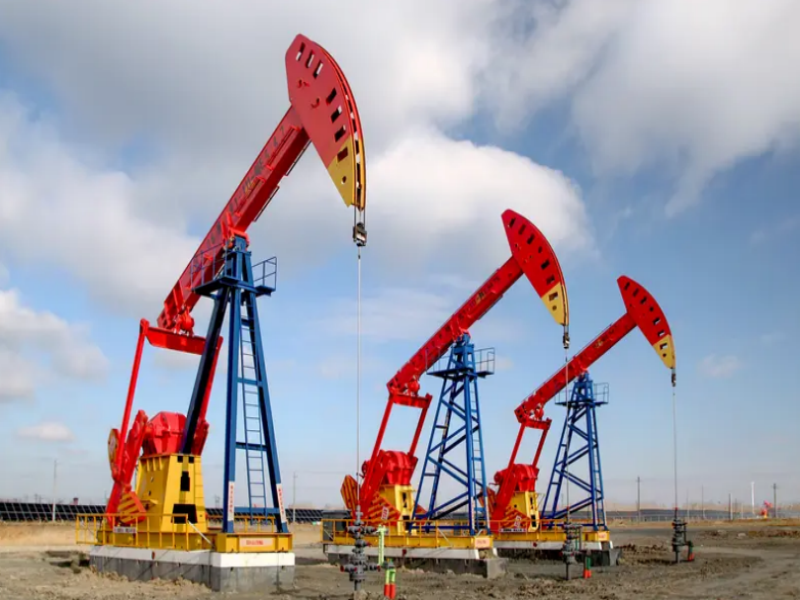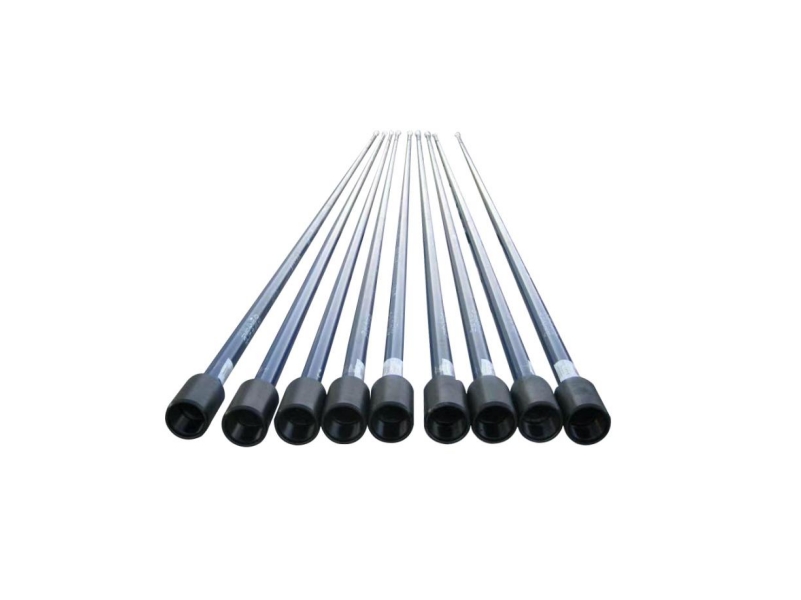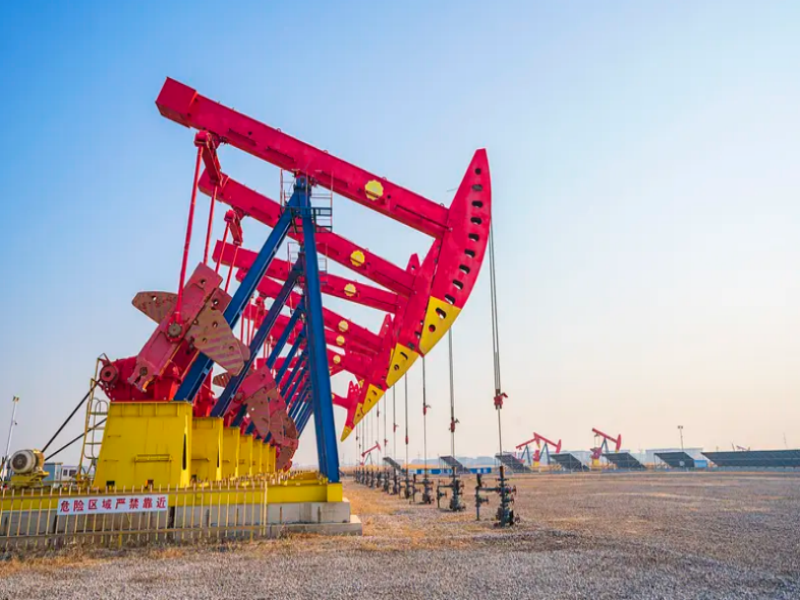Table of Contents:
The previous article explained insert rod pumps. This article will explain the definition of tubing pumps, a comparison between tubing pumps and insert rod pumps, the classification of tubing pumps, the impact of pump diameter on production, and the pumping process. For more information, let's take a look together!
What is a tubing pump?
A tubing pump is a type of artificial lift device. The pump barrel is directly connected to the surface via tubing. A plunger assembly reciprocates up and down inside the barrel, lifting well fluid to the surface in stages. Unlike an insert rod pump, the pump barrel of a tubing pump remains permanently fixed underground, requiring tubing to be pulled up and down for maintenance. Therefore, it is suitable for wells with long operating cycles and low maintenance frequency.

Which is better, a tubing pump or an insert rod pump?
| Comparison Items | Tubing Pump | Insert Rod Pump |
| Working Principle | 1. The reciprocating motion of the sucker rod drives the plunger, lifting the well fluid to the surface. The pump barrel remains permanently fixed underground. | 1. The reciprocating motion of the sucker rod drives the plunger, allowing the pump body to be lifted with the rod, eliminating the need for lifting tubing. |
| Applicable Well Conditions | 2. Suitable for medium-deep wells with stable production and long maintenance cycles. | 2. Suitable for wells with high sand content and frequent maintenance. |
| Wear Resistance | 3. High-strength pump barrel, compatible with wear-resistant plungers, for a long life. | 3. Available with a wear-resistant structure for abrasive environments. |
| Maintenance Methods | 4. Pump inspection requires tripping the tubing, which takes a relatively long time. | 4. Directly lift and lower the sucker rod without lifting tubing. |
| Cost | 5. Initial investment is slightly higher, but long-term operating costs are low. | 5. Low initial investment, but high costs associated with frequent maintenance. |
| Operational Characteristics | 6. High stability, suitable for long-term operation. | 6. High flexibility, suitable for rapid maintenance. |

What are the different types of tubing pumps?
Our company's CYB-[d]TL(F1) series API tubing pumps are available in various models, including diameters of φ32, φ38, φ44, φ57, φ70, φ80, and φ93. The larger the pump diameter, the greater the pump constant, and therefore the larger the connecting sucker rod size.
The impact of pump diameter on production:
Small pump diameters (φ28-φ38): Suitable for wells with small diameters, deep liquid levels, and low production rates.
Large pump diameters (φ44-φ93): Suitable for high-production wells, with high single-stroke displacement.
Steps for running a tubing pump:
Run the tubing to the designed depth according to the operation plan.
Securely connect the pump barrel to the tubing to ensure a reliable seal.
Install the plunger assembly and sucker rods, connecting each rod to the wellhead.
Check the anti-surge distance and rod string length, and install the blowout preventer.
Conduct a trial run to check pump efficiency and sealing.
FAQ:
Q1: Are tubing pumps suitable for high-sand content wells?
A: Yes. Wear-resistant pump barrels and plungers can handle high-sand content conditions.
Q2: How long does it take to replace a tubing pump?
A: Because tubing must be tripped, this operation typically takes 1-2 days, depending on the well depth.
Q3: What is the service life?
A: Under normal well conditions, it can reach 4-6 years, with special wear-resistant models offering even longer.
Purchasing Dongsheng tubing pumps:
Contact us and provide information such as well conditions, pump diameter, and stroke.
Our engineering team will develop a selection plan and provide a quote.
Contract signed after the plan is confirmed.
Manufactured in accordance with API standards and subject to strict quality inspection. We then ship the pumps.

Our CYB-[d]TL(F1) series API tubing pumps utilize high-strength alloy steel and composite coating technology. They are designed specifically for medium-depth wells, wells with high sand content, and wells with high-frequency operation. This series of pumps features enhanced wear resistance, sealing, and structural strength, meeting the demands of long-term operation in high-abrasion and mildly corrosive environments.
If you're looking for a long-life, low-maintenance tubing pump suitable for medium-depth wells and wells with high sand content, please email us now for free selection advice and a quote!

